
Browse FREE Tipografi vectors, clipart & illustrations by popular tags
What are free typography vectors and illustrations?
Free typography vectors and illustrations are vector graphics with the presence of various visual components and concepts that viewers immediately associate with texts used in a design. These visual components include various styles and appearances of typefaces and fonts. Free typography vectors and illustrations are the ones that can be used for personal and even commercial projects at no cost. We can find typography vectors and illustrations on a lot of design template websites, apps and platforms.
What are popular free typography vectors and illustrations on illustAC?
The most popular free typography vectors and illustrations that you can easily find on illustAC are various types of elements and templates used for typography design such as borders, frames, different typefaces and fonts, etc. Free typography vectors and illustrations on illustAC vary in sizes, colors, styles and purposes of use. They can be italic, oblique, or small caps. They can be serif, sans serif, script, monospaced or display. They can be cute or professional, monocolor or colorful, vintage or modern. Free typography vectors and illustrations on illustAC are mostly used for designing templates such as posters, flyers, cards, etc., both for printing and digital uses.
How to find better results of free typography vectors and illustrations on illustAC?
You can find free typography vectors and illustrations from the Postcards Category section on illustAC. Also, for specific searches, let's start with the search bar by entering a related keyword such as “POP balloon'’, “comic balloon’’, “speech balloon’’, “speech bubble”, “message’’, “cafe style”, “new year character”, “handwritten character”, then refine the search results using the filter function. You can refine search results of typography vectors and illustrations by choosing the type of images (PNG, EPS or AI), dimension (vertically or horizontally), and colors used in the designs. You can also include or exclude other keywords, categories, and names of creators as well.
Is it safe to use free typography vectors and illustrations downloaded from illustAC?
All typography vectors and illustrations on illustAC can be downloaded for free and can be used for both personal and commercial projects. Simply sign up for a free account and start downloading today. There are some limitations on the download times per day for free users on illustAC. If you want to download free typography vectors and illustrations without any limitation, you can subscribe to one of our two plans, monthly or annually. To make sure you use our free typography vectors and illustrations properly, please thoroughly check our Terms and Conditions.
All vectors and illustrations on illustAC are OK to use for personal projects. If you want to use them for commercial purposes, please check our Usage Guides to make sure you use the downloaded free vectors and illustrations from illustAC properly.
You might want to buy Extra licenses for specific commercial uses. Please be aware that Extra licenses are available for ONLY materials from the creator named acworks. To find free vectors and illustrations of acworks, please use the filter by creator’s name when searching.
Brief introduction about typography, typefaces, and fonts
The art and method of arranging type to make the written language clear, readable, and appealing when exhibited are referred to as typography. Selecting font, point sizes, line lengths, line-spacing, letter-spacing, and changing the space between pairs of letters are part of the type arrangement process.
On an important note, typography also means arranging letters and words that people can read quickly, which is straightforward and visually satisfying. Likewise, Typography also studies the look, structure, and font styles to define the specific emotion and communicate messages.
Similarly, In the 11th century of typography, the first invention was movable. Typography was significantly linked with craft, books, and publications held before the digital age and later on public works. The typography revolution was sparked in The Gutenberg Bible; it is also an example of typography in the West.
Typography is more famous for picking out pretty font styles: it is also an essential part of interface design. Good typography will develop a strong visual character, which balances the website's graphic balance, and determines the tone of offers. Your typography should suggest and direct to improve readability accessibility and provide a positive user experience. Some essential needs of typography are:
Brand recognition is enhanced by typography
Attractive typography will not only give flair to your website, but your users will unconsciously associate the typeface you choose with your brand. A distinctive, consistent typeface will aid in developing a strong user base, the establishment of confidence, and the advancement of your brand.
The impact of typography on decision-making is as follows
Typography significantly affects how readers absorb and comprehend the information presented in a text.
The reader's attention is retained by typography
Typography plays a vital role in making your website visually appealing and memorable.
- Typefaces
A typeface is a graphical representation of a written character, whereas a typeface is a design style that comprises a range of characters in various sizes and weights. The three most prevalent varieties are serif, sans-serif, and decorative typefaces. To keep the interface clean and streamlined, a wise designer will never employ more than three typefaces—and ornamental fonts will be kept to a minimum. Most UI designers will use a serif font for the main body text and a sans-serif font for the title, or vice versa.
A font is a set of characters, letters, and numbers with the same design. Typefaces such as Garamond, Times, and Arial are examples. On the other hand, a font is a typographic style determined by its width, size, and weight. Arial is a font, and 16pt Arial Bold is a typeface.
A font is a collection of letters. While each letter is unique, there are some shapes that all letters share. A typeface is a group of letters that have similar patterns. Typefaces that are chosen for their style, legibility, and readability while conforming to the fundamental principles of typographic design are the most effective.
- Fonts
A font is a collection of typefaces, whereas fonts are different in size, such as weights, widths, and styles that make up a typeface. There are six types of font styles that are used in graphic design. Such as:
- Serif Fonts
The origins of serif fonts may be traced back to the Latin alphabet. They began as engraved words on stone. Serif fonts get their names, a stroke or line linked to the letters from the serif. They are extensively used today and are considered the original fonts. Tradition, culture, elegance, and trust are often connected with them. Serif typefaces are used by many well-known firms, particularly those in the fashion and financial industries. Vogue, Burberry, and J.P. Morgan are examples of companies that use serif typefaces. Serif fonts are also utilized in everyday life, and you've probably seen them before. Times New Roman, Georgia, and Grammond are examples of serif fonts.
- Slab Serif Font
These are the serif typefaces' bolder and chunkier variants. Rockwell and arvo are two examples of font styles. The viewer's attention is drawn to its block-like serifs, which are employed in vast media venues such as billboards. They can also be simple to understand. The slab serif is the default font for Amazon's Kindle. Many companies, including Honda, Mozilla, and Volvo, utilize slab serif typefaces. Their intelligibility and bold appearance make them appealing to companies with a history who want to appear current.
- Sans Serif Fonts
Unlike serifs or curves at the top and bottom of letterforms, Fonts are called sans serif fonts. They're deemed simple because the lines are all the same width. Arial and Roboto are two examples of fonts. Compared to the serif family of fonts, they became popular much later. From the mid-nineteenth century, they became more visible in the public eye.
- Script Fonts
Cursive handwriting is used in script fonts. They can be official or informal, but they always make an impact. They can be one-of-a-kind. Lucida script and pacifico are two examples of script font styles. Trends are frequently used in casual designs based on script typefaces.
On the other hand, some firms have built their distinct font styles. Johnson & Johnson and Ford are two brands with recognizable script typefaces. Script fonts are seen to be exquisite, one-of-a-kind, and unforgettable.
- Decorative Fonts
Decorative fonts are made up of a variety of styles and graphics. Designers can also play with fonts and come up with their own. Fonts like bangers and Fredericka are examples. Decorative font styles may be striking and unique. Disney and Lego are two examples of brands that have mastered and owned several fantastic decorative fonts. However, one concern with this font type is the potential for copyright violation if you wind up imitating an existing font (such as Disney). However, if you use the correct decorative font, they might work wonders for your business.
- Handwritten Fonts
Handwritten fonts differ from script fonts in that they employ a more natural writing style. Because there are so many different handwriting styles, this typeface may be incredibly versatile. Sacramento and Just Another Hand are two examples of handwritten typefaces. They are thought to be artistic, playful, and laid-back. Independent labels and establishments, such as coffee shops and breweries, love them.
The typeface you use will alter depending on whether you're creating for the screen or packaging. The first stage is to understand your brand and business and determine what type of personality and identity your brand possesses.
After you've determined your brand's voice, you'll be able to decide on which font is perfect for it. Finally, there are no hard and fast rules when it comes to selecting the proper font, and it's entirely usual for designers to try out a variety of options before settling on one.
The importance of fonts in design
One of the most significant functions of font styles is to establish an information hierarchy. They assist the reader in determining which section of the text is essential. When the reader is looking for specific information, it is beneficial. Modern font styles in 2021 are typically sans serif and come in geometric, futuristic, abstract, or urban forms. Throughout the decades, popular modern typefaces such as Bodoni, Helvetica, Avenir, and Futura have all represented a different perspective on a modern typeface.
Font styles can create mood and ambience. Font styles can provide visual cues about reading a manuscript and which sections are more significant than others. Font styles can even be utilized to limit the time to read the content. For a long time, the professional printing sector has understood this.
What to expect on illustAC?
You can expect much graphic design from the illustAC; mainly, it is focused on the Japanese style, which most people use for their creative and new ideas. Graphic designers must be able to think creatively. They must use language and visuals to convey concepts uniquely. They must use their creativity to come up with solutions for their clientele. For example, they may be required to promote a company's objective via a website or create an image that aids in selling a product.
We have 1 to 60 free illustration materials and images connected to " typography "out of a total of 1,476 that numerous illustrators have contributed. Click the illustration image to go to the free download page if you find a free illustration material/image connected to your favorite "typography." Please leave a remark on the illustrator who made the illustration after downloading. A link to the illustrator's page is included on the illustration download page, so you can immediately request work to produce your illustrations. In this illustAC, you can find what you expect for the web design and fonts for the typography and the basic wd design.
We've compiled a list of 1 to 60 free illustration materials and images linked to " font "out of a total of 3,025 submitted by numerous illustrators. Click the illustration image to go to the free download page if you find a free illustration material/image linked to your favorite "typeface." Please leave a remark on the illustrator who made the illustration after downloading. A link to the illustrator's page is included on the illustration download page, so you can immediately request work to produce your illustrations. You can find various categories of graphic design and find them in different styles, especially Japanese ones. It is the most common style, which most illustrators exceed from illustAC.
How to use fonts creatively and effectively?
You can use this font style in a very creative way to examine your talents, and so you collect the different ideas and make your work effective and authentic. The most crucial step in this procedure will be selecting a font style. This is also an area where many inexperienced designers fail. "I want it!" they exclaim when they encounter gorgeous or flashy fonts. Unfortunately, what looks fantastic on DaFont styles may not translate well to your image. I can't tell you how much time I've wasted trying to find just the correct font for a picture. You should either select font styles that look well on almost any surface (such as lovely Serif font styles) or find a font that suits the idea or concept you have for your image.
- For graphic designs
So you've decided on the style you'll utilize as well as the message you'd like to convey. How do graphic design professionals begin the actual design process? You should always start by scribbling down thoughts on scrap paper. Don't stop exploring ideas until you've narrowed them down to one or two that are viable. If I'm designing a page layout, You will sketch a few page outline thumbnails, look at the material I'll You will be used to fill them, and doodle small layouts over and over. It doesn't take long for some excellent design concepts to emerge.
You don't have to be a brilliant artist to draw ideas by hand, and with practice, you'll get better. Starting with a blank sheet is, in many ways, the most delightful phase of the creative process. It's fun and a little scary at the same time!
- For marketing
Digital marketers are in charge of coordinating marketing activities across many media and tracking campaign performance using data. Some digital marketers will supervise and participate in all sorts of marketing, while others will specialize in one area, such as social media or paid advertising. Creating a firm or brand's multi-channel marketing strategy. Content creation and distribution in various formats (e.g. blog posts, infographics, videos, emails).
Researching to understand better the target market (e.g. creating user personas), conducting keyword research to uncover relevant content topics, and testing whether content types or versions perform better. Establishing content collaborations with external stakeholders. To align on branding, work with internal stakeholders such as designers and product managers. Monitoring performance across several channels with data analytics tools
- For web and app designs
In web design, communication is critical—critical it's to make a clear connection between the website and the user and assist your users in achieving their objectives. When we talk about communication in web design, we usually refer to the text. To put it another way, improving your typography improves your user interface. You will provide you with a series of rules to assist you to increase the readability and legibility of your text content in this article. Behind the scenes is what backend development, or server-side scripting, is all about.
When you engage with a website somehow, for us, by filling out a form and clicking "submit," the frontend sends a message to the backend. The backend reacts by giving the necessary data to the frontend, such as the code to display a message like "Thank you for completing this form."




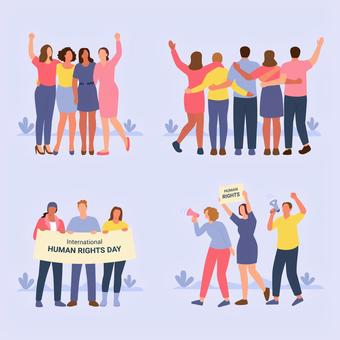



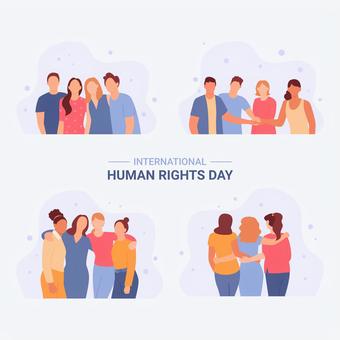




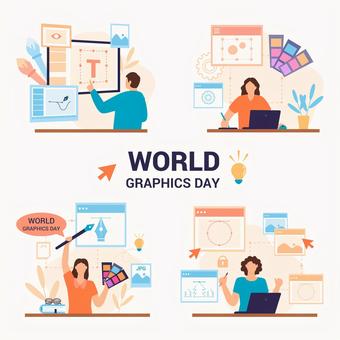
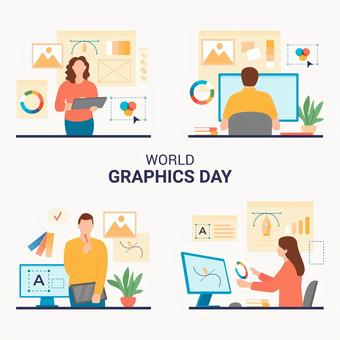
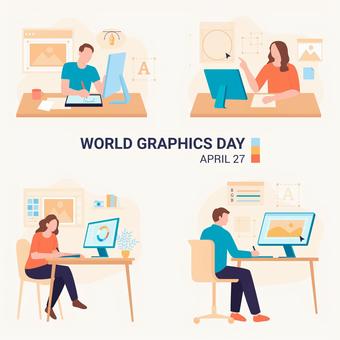





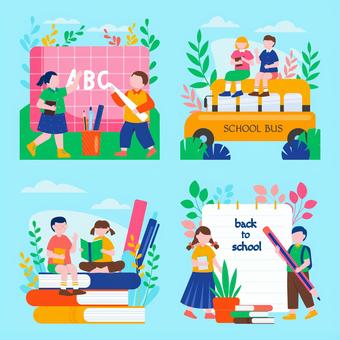



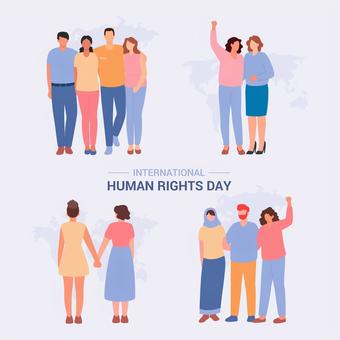

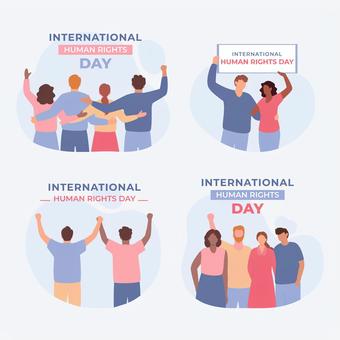


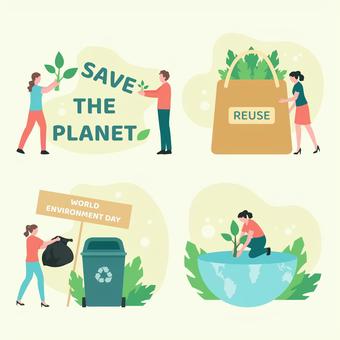


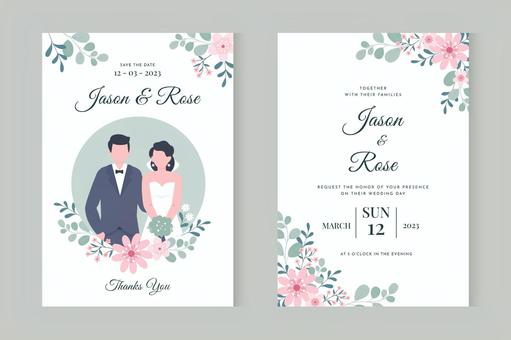

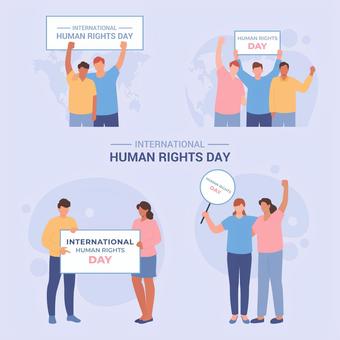
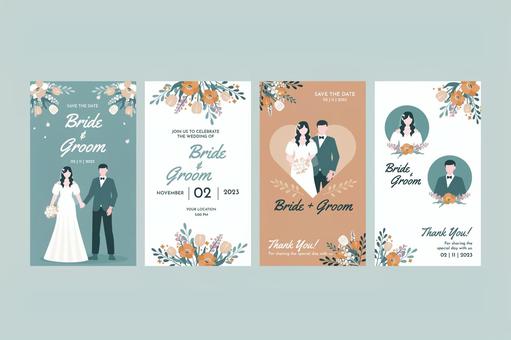



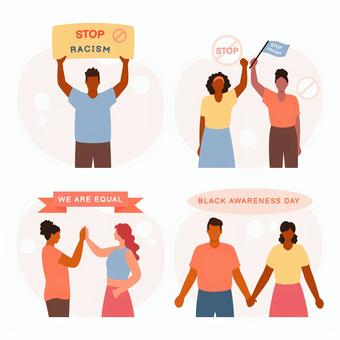






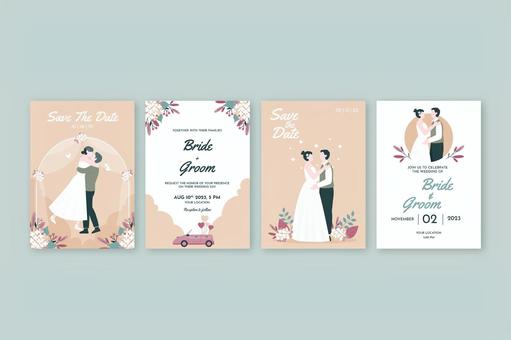


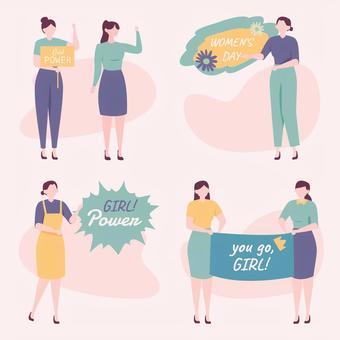
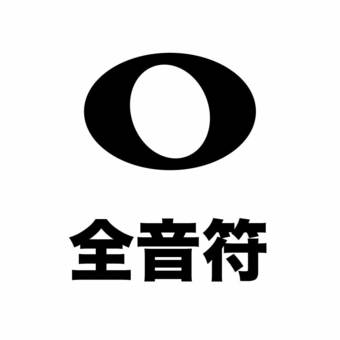
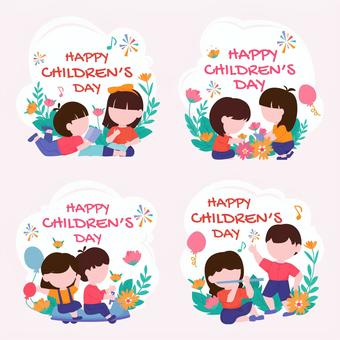
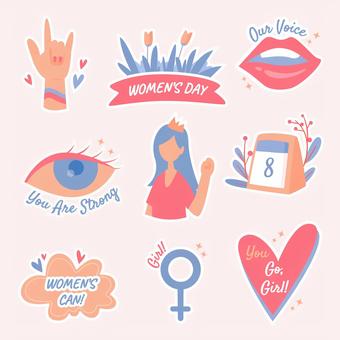

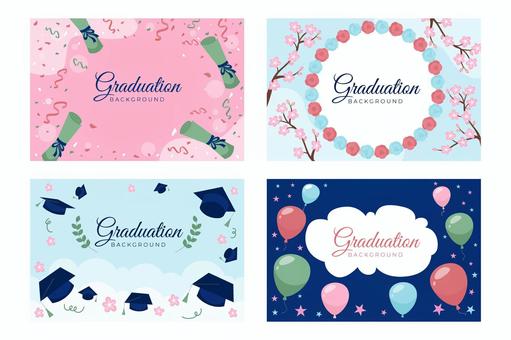
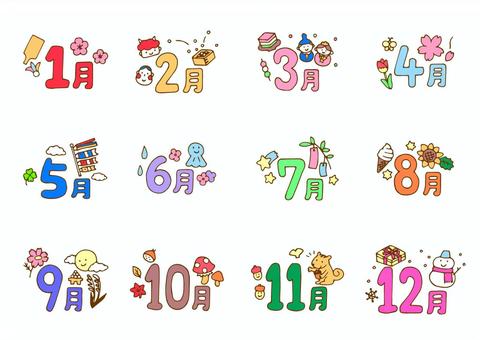


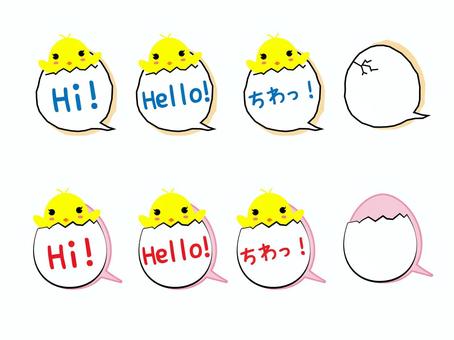











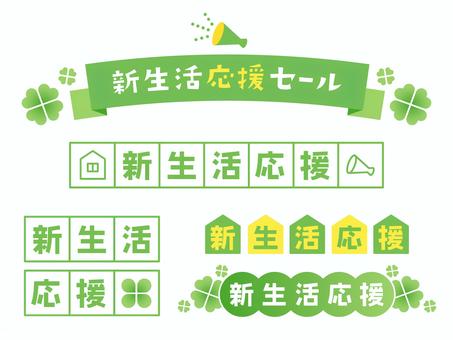
















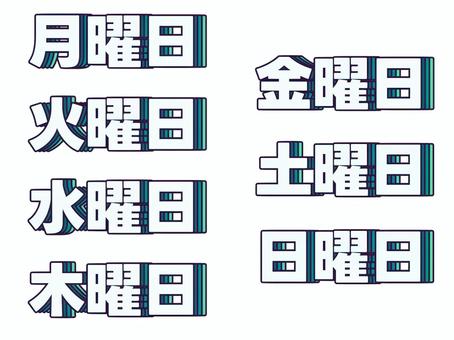
























 © 2011 - 2025 ACworks Co.,Ltd. All rights reserved.
© 2011 - 2025 ACworks Co.,Ltd. All rights reserved.



